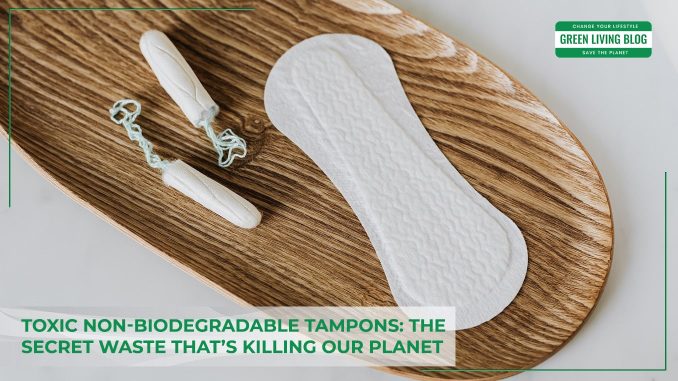
While a tampon might seem like an inconsequential item in the grand scheme of things, it can actually have a significantly negative impact on the environment.
Here, we explain why non-biodegradable tampons are bad for the environment and what you can do to make more sustainable choices when it comes to your period products.
Tampons, Landfill, and Methane
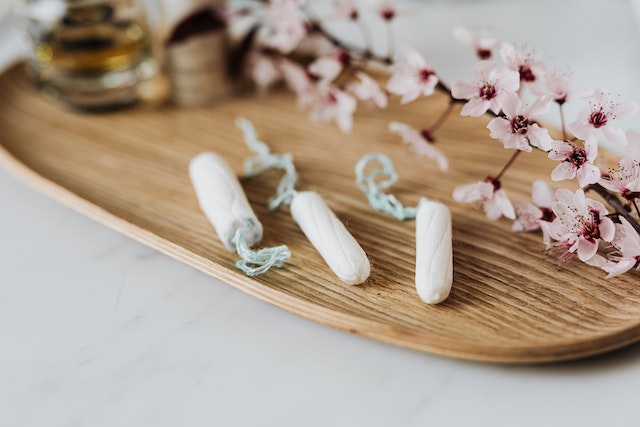
In the UK alone, more than 200,000 tonnes of sanitary products end up in landfill, while millions of products litter beaches and natural areas throughout Europe and further afield. Landfills are a primary source of methane emissions, which is one of the most significant threats to the future of the planet.
To prevent a climate catastrophe, we must cut methane emissions in line with carbon dioxide emissions, and the clock is very much ticking. As such, it couldn’t be more important to consider the items that we use from day to day and the impact that throwing them away has on the environment.
The carbon Footprint of non-biodegradable Tampons
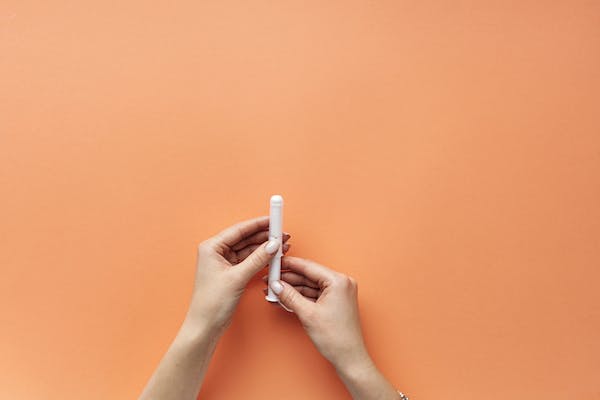
An innovative project from the Royal Institute of Technology in Stockholm saw researchers carry out a life-cycle assessment of regular tampons in order to ascertain their carbon footprint. It was revealed that the biggest impact results from the production of plastic tampon applicators, as well as the plastic strip on the back of tampons.
As you might expect, the production of the plastic components of tampons necessitates huge amounts of fossil fuels. Harvard research highlights that a year’s worth of disposable period products has a carbon footprint of 5.3 kg CO2 equivalents.
Period Products and environmental Pollution
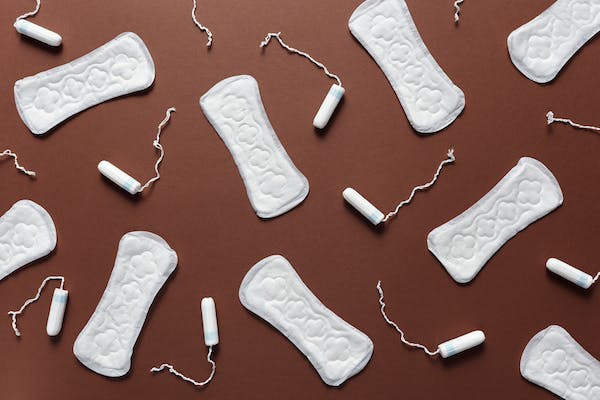
The Ocean Conservancy’s International Coastal Cleanup collected just short of 18,000 used applicators and tampons from beaches around the world in just one day in 2004. This highlights just how damaging throwaway period products can be for the environment.
The main reason why period products end up on beaches is that many people flush them down the toilet, meaning they get into sewers and waterways and create so-called fatbergs. Granted, putting them in the bin and sending them to a landfill isn’t a much better option, but the danger that used tampons present to water bodies is significant.
Biodegradable Materials are the Key to environmentally friendly Period Products
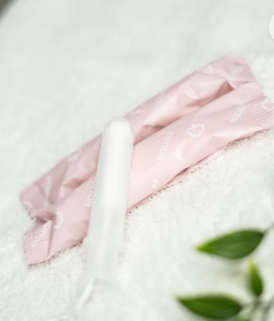
Crucially, significant strides have been taken to make period products biodegradable. All of Riley’s tampons and pads are biodegradable for example, which makes them much easier for you to discard responsibly. Organic cotton will break down over time, so it can be discarded in a landfill without harmful effects, as they will break down over time.
What’s more, the packaging used for Riley’s pads and naked tampons is 100% recyclable, meaning you can also dispose of it responsibly. These period products have also been made from 100% natural cotton and are completely chemical-free, making them a much healthier option for all women.
Closing Thoughts
Ultimately, we all need to do our bit if we’re to positively contribute to the future health of our planet. As such, choosing eco-friendly products such as sustainable, organic tampons that are biodegradable reduces the waste added to landfill and protects waterways from harmful chemicals that are often released by disposable tampons that have been irresponsibly discarded. So, do your bit today.
![]()
Author Profile
- Online Media & PR Strategist
- Blogger and Educator by Passion | Senior Online Media & PR Strategist at ClickDo Ltd. | Fascinated to Write Lifestyle Blogs in News & Education I have completed a journalism summer course at the London School of Journalism and manage various blogs.
Latest entries
 LeisureApril 16, 202510 Best Green UK Hotels for Eco-Tourists
LeisureApril 16, 202510 Best Green UK Hotels for Eco-Tourists Best practicesApril 14, 20258 Best Ways to Reduce Your Carbon Footprint
Best practicesApril 14, 20258 Best Ways to Reduce Your Carbon Footprint Green Expert GuidesMarch 28, 2025Lisbon Living: Where Sustainable Charm Meets Urban Energy
Green Expert GuidesMarch 28, 2025Lisbon Living: Where Sustainable Charm Meets Urban Energy EnvironmentJanuary 21, 2025Buying Eco-Friendly Homes: 6 Eco Questions to Ask Your Real Estate Agent
EnvironmentJanuary 21, 2025Buying Eco-Friendly Homes: 6 Eco Questions to Ask Your Real Estate Agent






Leave a Reply
You must be logged in to post a comment.